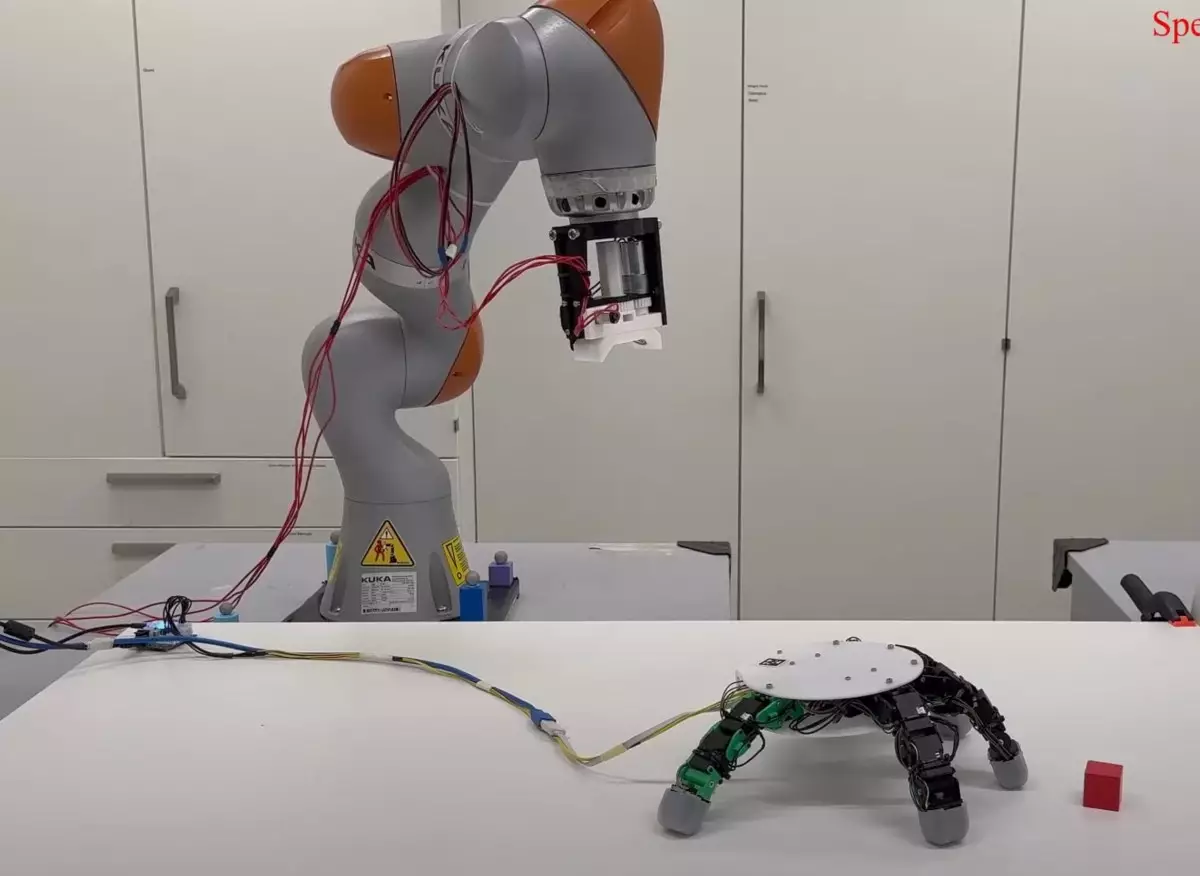In the world of robotics, the ability to manipulate and interact with various objects has remained a key area of research. A recent breakthrough, demonstrated in the engaging video titled “Beyond Manual Dexterity,” pushes the envelope of traditional robotic design. Initially captivating viewers with a dexterous robotic gripper, the presentation gradually reveals a paradigm shift that challenges the constraints of existing robotic hands. This development, presented at the IEEE International Conference on Robotics and Automation, focuses on expanding the potential of robotic grasping mechanisms beyond biologically inspired designs.
The research conducted by a team from the École Polytechnique Fédérale de Lausanne (EPFL) highlights the strides made with deep learning models aimed at improving multi-fingered hand grasping technology. While there have been impressive advancements within this domain, the team points out that grasping techniques in cluttered environments still require significant exploration. The melding of artificial intelligence with robotics has the capacity to incite transformative changes, but it necessitates an open-minded approach to design that transcends Darwinian limitations.
Roboticists have long mirrored natural forms in the quest for functional design; however, this tendency can inadvertently constrain creativity. By strictly adhering to the anatomical limitations of animals or humans, designers may restrict the full potential of robotics. The team at EPFL challenges this conventional wisdom, suggesting that by shedding these biological constraints, a new arena of possibilities opens up. This paradigm encourages a re-evaluation of design principles within robotics, advocating for an avant-garde approach that might at first seem unsettling but offers innovative capabilities.
The letdown, or what some might consider a breakthrough, is the unsettling aesthetic of robotic hands that exhibit traits reminiscent of human anatomy— but only to a certain extent. The exploratory nature of these designs, which can contort in ways that human hands cannot, takes them into the ‘uncanny valley’ where human-like forms evoke a sense of discomfort. This reaction speaks to the deeper philosophical questions about the essence of robotics and the boundaries between human and machine. Overcoming this visceral reaction will be crucial for broader acceptance of such technologies.
The implications of this research are profound, signaling a future where robotic capabilities extend far beyond current limitations. By pursuing unconventional designs and techniques, there lies an opportunity for significant advances that could reshape industries reliant on robotic systems. While the successful scalability of these ideas remains uncertain, the interest generated within the robotics community is undeniable. Researcher Xiao Gao’s playful acknowledgment of fear in cinematic depictions of uncanny robots serves as a reminder of the fine line robotics tread between innovation and unease. As we bid farewell to purely biologically inspired robots, we may just witness the dawn of a new era in robotic form and function, one that marries creativity with purpose in unprecedented ways.

